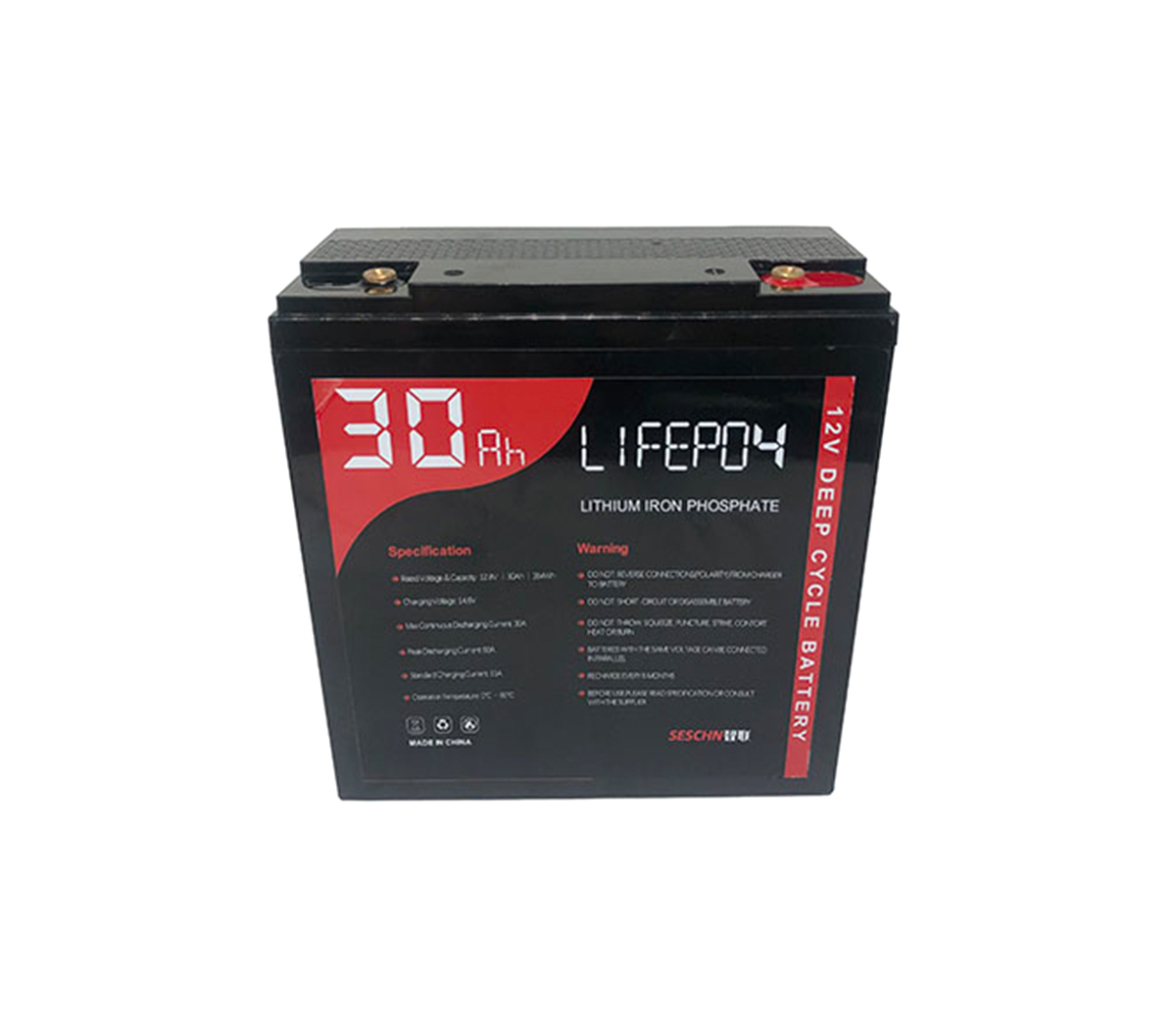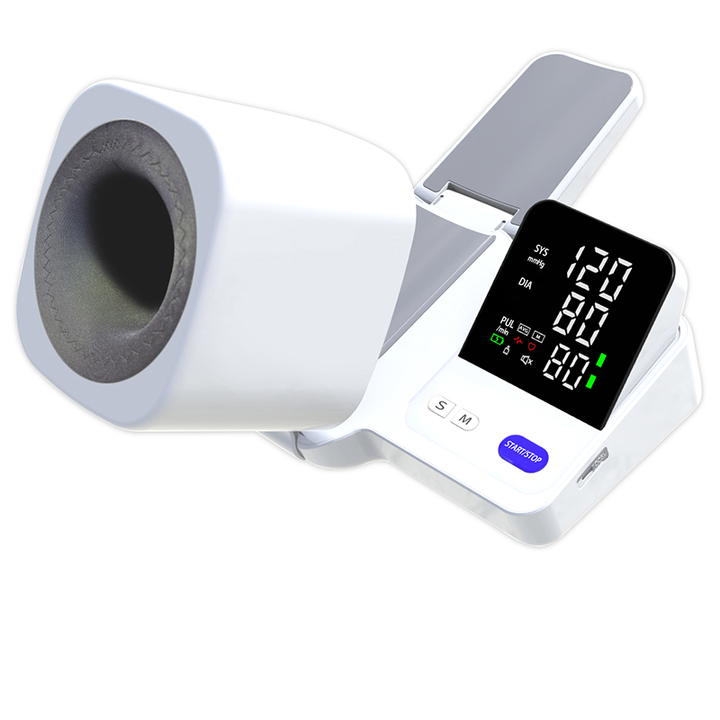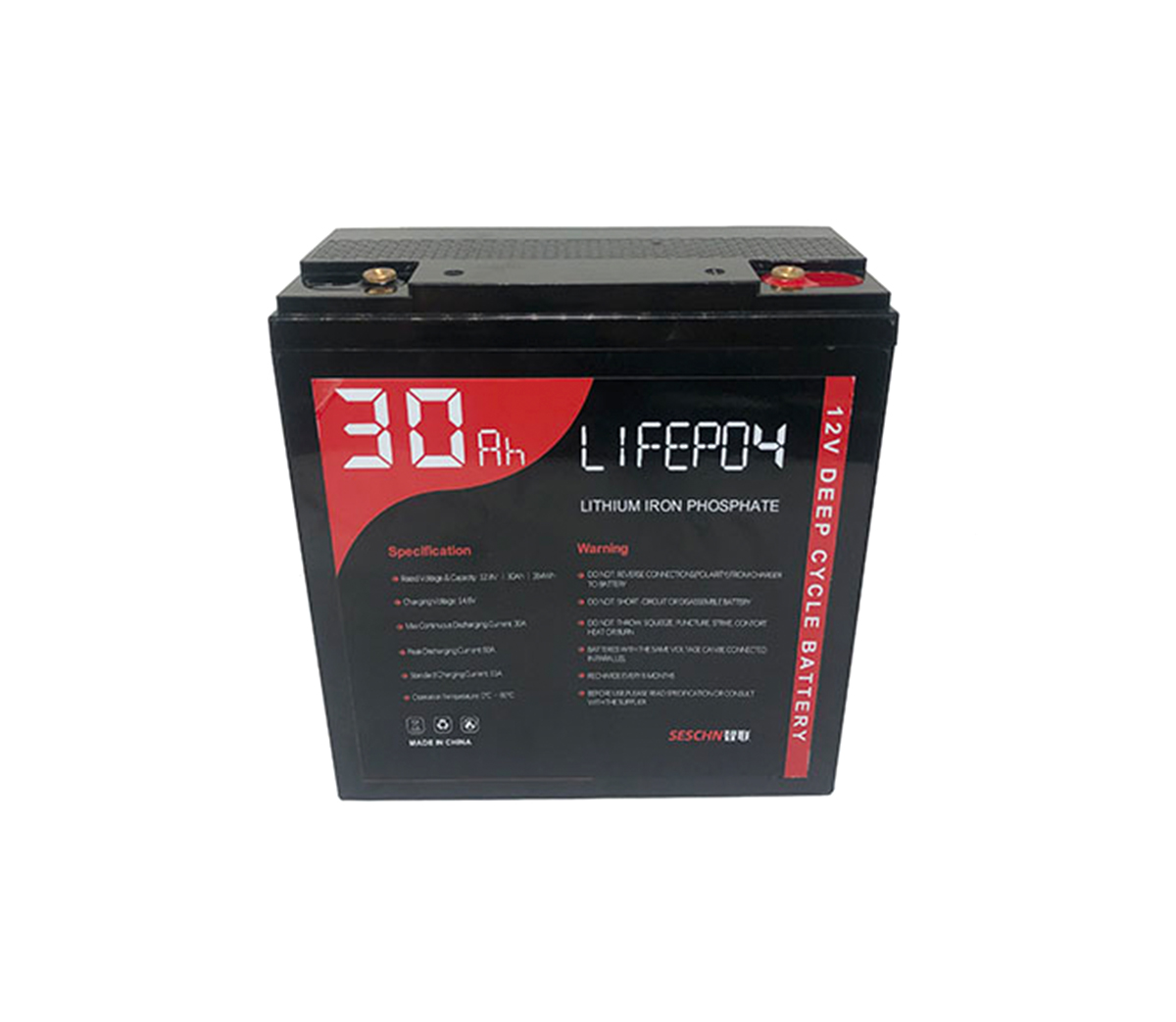
Compared with lead-acid, nickel-cadmium, nickel-metal hydride and other
batteries, lithium-ion batteries have become one of the hot spots in the current
energy field due to their higher energy density, longer service life, smaller
volume, and no memory effect. one.
Compared with lead-acid, nickel-cadmium, nickel-metal hydride and other
batteries, lithium-ion batteries have become one of the hot spots in the current
energy field due to their higher energy density, longer service life, smaller
volume, and no memory effect. one. The negative electrode material is one of the
key components of lithium-ion batteries. It acts as a lithium ion acceptor and
realizes the insertion and extraction of lithium ions during the charging and
discharging process. Therefore, the quality of the negative electrode material
directly affects the overall performance of the lithium-ion battery. At present,
graphite and modified graphite are widely used as anode materials for commercial
lithium-ion batteries, but their theoretical capacity is only 372mAh/g, which
greatly restricts the development of high-energy power batteries. Group IV
element (silicon, germanium, tin)-based anode materials have become a research
hotspot in the field of anode materials for next-generation lithium-ion
batteries due to their higher theoretical capacities (3579mAh/g, 1600mAh/g,
994mAh/g, respectively). However, silicon, germanium, and tin-based negative
electrode materials have the problem of large volume expansion during charging
and discharging. Long-term charging and discharging will cause pulverization of
particles and shedding of active materials, thereby affecting the cycle
stability of lithium-ion batteries.
In recent years, the advanced lithium-ion battery team led by Han Weiqiang,
a researcher at the New Energy Technology Institute under the Ningbo Institute
of Materials Technology and Engineering, Chinese Academy of Sciences, has made a
series of progress in high-capacity silicon, germanium, and tin-based anode
materials. In terms of high-performance silicon-based anode materials,
researchers have developed a low-cost, high-capacity, and high-stability porous
silicon-based anode material technology. By coating the porous silicon with
carbon, the performance of the silicon-based negative electrode material for
lithium-ion batteries is further improved. The silicon-carbon composite
electrode material has a capacity retention rate of 86.8% after 300 cycles of
charge and discharge. Related research has applied for a Chinese invention
patent (201410150747.5, 201410276413.2), and the research results have been
published on NanoEnergy (2015, 11, 490-499) in the form of Communication.
The team synthesized and prepared a series of new phase MSn5
(M=Fe,Co,Fe0.5Co0.5) alloy nano-electrode materials based on the previous work
using the improved wet chemical method of polyols. The synthesized FeSn5 alloy
nanoparticles have a theoretical capacity of 929mAhg-1 when used as a negative
electrode material for lithium-ion batteries, which is the material with the
highest theoretical specific capacity among the reported M-Sn (M is an
electrochemically inert metal) alloy. Researchers have prepared a series of
Fe0.5Co0.5Sn5 new phase alloy nanoparticles with a particle size range of
30-50nm, which further expands the Co-Fe-Sn phase diagram. Related achievements
have been applied for invention patents (2013104705134, 201310706760X,
2103715406A). At the same time, using in-situ XAFS, in-situ XRD and
electrochemical testing methods, the charging and discharging mechanism is
discussed and explained in depth. The research on the electrochemical mechanism
of this series of tin-based new phase alloy anode materials provides effective
theoretical guidance for the team's subsequent development of high-performance
tin-based anode materials. Related results were published in
JournalofMaterialsChemistryA (2015,3(13):7170-7178) and ACSAppl.Mater.Interfaces
(2015,7,7912?7919).



































